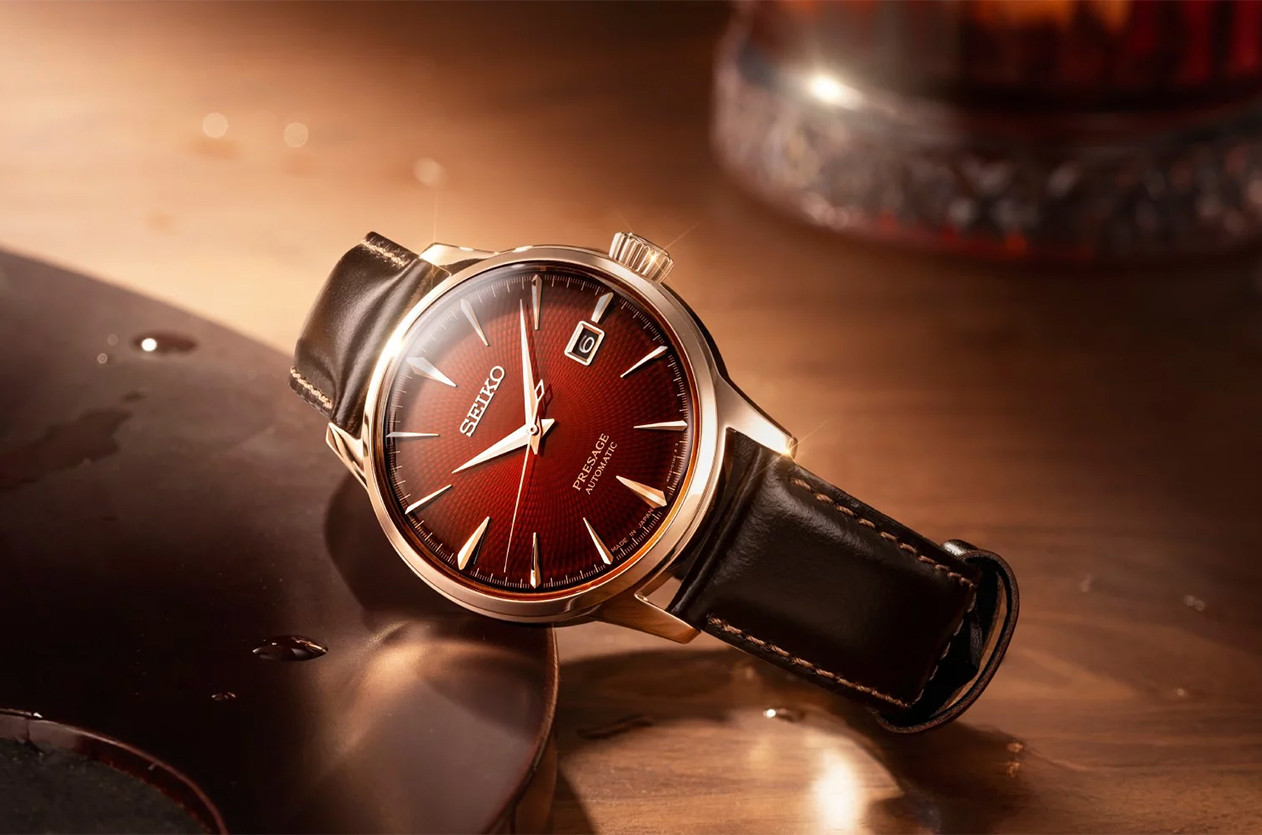
Introducing Seiko Unveils the Presage Cocktail Time SRPL96J “The Conte”
Welcome to the hub of the horoloy
Delve into the details of one of the watch's most distinctive features

The roots of waterproof watches extend back to the early 20th century, coinciding with the growing accessibility of wristwatches beyond the exclusive domain of the affluent. As these timepieces became more commonplace, the demand for durable and dependable watches suitable for both outdoor activities and everyday life began to rise.
 |
In a landmark moment in 1926, Rolex revolutionized watchmaking by introducing the inaugural waterproof timepiece, aptly named the "Oyster." Equipped with a screw-down crown and a hermetically sealed case, this watch demonstrated resilience by withstanding depths of up to 100 meters. In 1927, a Rolex Oyster made history by crossing the English Channel on the wrist of the young English swimmer Mercedes Gleitze. Remarkably, after enduring over 10 hours of the challenging swim, the watch remained in perfect working order. To commemorate this extraordinary Channel crossing, Rolex celebrated the achievement with a full-page ad on the front page of the Daily Mail, proudly heralding the success of their waterproof watch.

This marked a significant leap forward in the durability of watches, not only providing protection from moisture, a common culprit that often wreaked havoc on the delicate mechanisms of timepieces but also offering defense against dust that could infiltrate the watch over time, hindering optimal functionality and necessitating more frequent servicing.
In the realm of horology, the term "water resistance" serves as a testament to both technological innovation and practical utility. While watches were initially conceived as timekeeping devices, the evolution of this accessory has witnessed the integration of various features, with water resistance emerging as a crucial aspect. In this article, we will delve into the depths of water resistance in watches, scrutinizing the technical intricacies and real-world advantages that render it an indispensable feature for watch enthusiasts.

One of the key innovations that made the first waterproof watches possible was the use of O-ring seals. These seals, which are made from a rubber-like material, are used to create a watertight barrier around the watch's case and movement. The O-ring seal is compressed between the case and the crystal, creating a tight seal that prevents water from entering the watch.
Another important innovation was the use of screw-down crowns and casebacks. These features allowed the watch to be sealed tightly against water pressure, preventing water from entering the watch through the crown or caseback.
In the 1950s and 1960s, the development of waterproof watches reached a new level with the introduction of watches specifically designed for diving. These watches featured a rotating bezel, which allowed divers to measure their dive time, as well as a helium release valve, which prevented the watch from being damaged by the pressure of helium gas that builds up in the watch during deep dives.
In recent years, advances in materials and technology have allowed for the creation of even more durable and reliable waterproof watches. For example, watches made from ceramic, titanium, and carbon fiber are able to withstand extreme temperatures and pressures, and are resistant to scratches, dings, and other types of damage. Additionally, new waterproofing technologies, such as ceramic coatings and special gaskets, have made it possible to create watches that can withstand depths of up to 1,000 meters.
The water resistance rating is usually marked on the caseback of watches but sometimes features on the dial as well. So, what does an ATM rating mean?
One atmosphere (1 ATM) is equivalent to the air pressure at sea level. So, a watch with a water resistance rating of 10 ATM can withstand air pressure of up to 10 atmospheres, or 100 meters (about 330 feet) underwater.
Now, if you begin to spend much time around watches, you are apt to notice that the word "waterproof" is present on some watches but not on others, and it may occur to you to wonder why it is that some watches boast of waterproofness, while others more simply say "water resistant" often with the latter qualified in terms of the meters or feet of immersion to which the watch can be expected to remain uninjured.
The International Organization for Standardization (ISO) issued a standard that gives us the answer. ISO 22810 covers watches intended only for daily use and for swimming, while ISO 6425 covers watches that can be used while scuba diving. We have previously selected for you a group of the best diving watches. You can read the article from here.
ISO 22810 replaces ISO 2281 which has been used by the industry since 1990 when it was first published by ISO. The new 2010 edition removes any ambiguities and brings the content up to date with state-of-the-art developments.
ISO 22810 actually covers a far greater range of watches and is arguably more relevant to the general consumer, than the specialist requirements of the dive watch ISO.
The watch undergoes a comprehensive series of resistance tests to ensure its durability and reliability. This includes immersion at a depth of 10 cm for 1 hour, assessing the resistance of operative parts such as the crown and pusher buttons for 10 minutes. A condensation test is conducted on a heated plate at temperatures between 40 °C and 45 °C, followed by the application of a drop of water on the glass, with any watch showing condensation eliminated. Further tests involve immersing the watch in water at varying temperatures (40 °C, 20 °C, and 40 °C) for 5 minutes each, with no allowed evidence of water intrusion or condensation. Additionally, resistance to air overpressure is examined by exposing the watch to 2 bar, ensuring no air-flow exceeding 50 μg/min is detected. These meticulous assessments collectively guarantee the watch's robust resistance to water and pressure under diverse conditions. It's important to note that no magnetic or shock resistance properties, or corrosion test are required for this particular evaluation.
ISO 6425 divers' watches standard
ISO 6425 is the official standard for diver's watches, established in 1996. To meet this standard, a watch must successfully navigate a series of rigorous tests. However, compliance with these tests is voluntary, and not all companies subject their dive watches to examination by an external agency. Some, like Rolex and Omega, prefer in-house testing since there is no dedicated ISO testing organization; they solely set the standards.
In general, a diver's watch must boast a minimum water resistance of 100 meters, incorporate a time controller, and adhere to standards regarding luminosity, shock resistance, anti-magnetism, and band solidity.
If a watch fulfills the test requirements, it can bear the label "Diver's" along with its depth rating. However, it's worth noting that passing the tests doesn't mandate the "Diver's" designation.
Understanding Depth Ratings
Firstly, it's essential to clarify that the water resistance stated on the caseback and dial does not directly indicate the depth to which you can submerge the watch in real-life conditions. The indicated resistance levels serve as a guide, but the actual limitations are more stringent. For instance, a 30m water-resistant watch is suitable for water splashes, while a 100m water-resistant watch is recommended for swimming.
Secondly, it's crucial to distinguish between water-resistant and waterproof watches. Waterproof watches, often termed dive watches, can genuinely endure the pressure at the stated underwater depth. These watches adhere to the ISO 6425 standard or undergo testing by the manufacturers themselves.
Understanding the terminology associated with watch water resistance is key to ensuring your timepiece can withstand water-related scenarios without compromising functionality. Familiarizing yourself with ratings, standards, and components contributing to water resistance empowers you to confidently select a watch that aligns with your lifestyle, be it for deep-sea diving or handling unexpected wet encounters. We trust that our Guide to Watch Water Resistance provides valuable insights, emphasizing that a watch capable of meeting watery challenges becomes a reliable companion in every adventure.
For more information, please visit the official website of the International Organization for Standardization.

Opinion Four Brands Poised to Steal the Spotlight at Geneva Watch Days 2025

News Trump Hits Swiss Imports With 39% Tariffs

News 6th Edition of Geneva Watch Days 2025
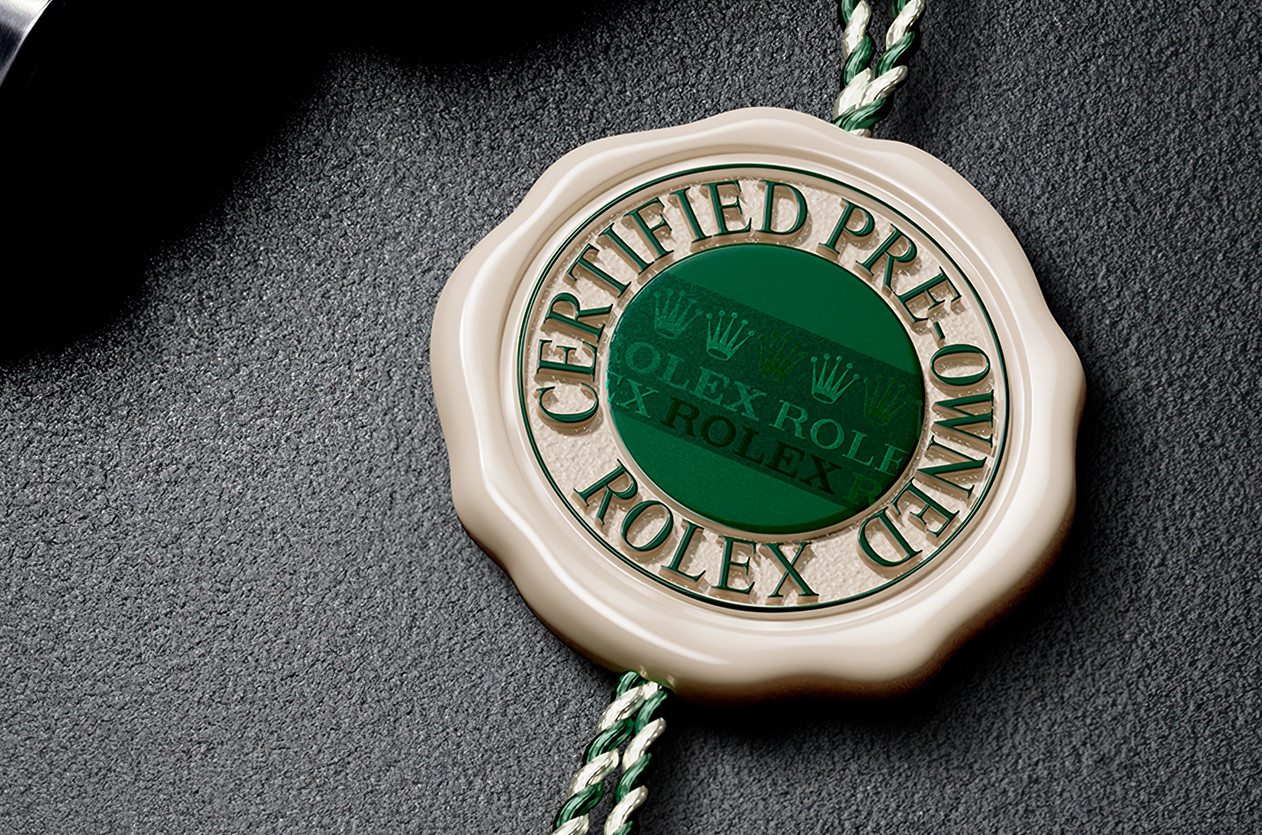
Editorial What is the reason behind the scarcity of Rolex watches in boutiques?
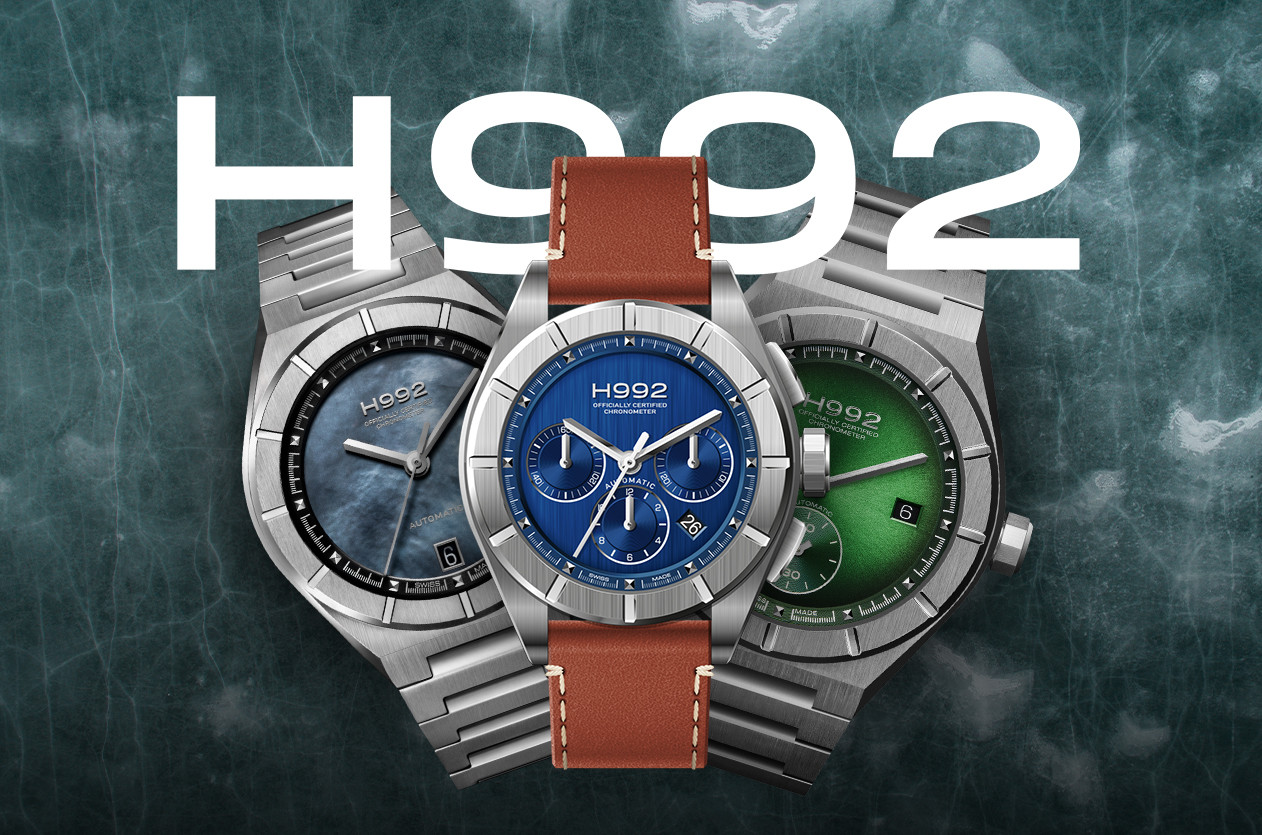
Introducing H992: A New Independent Brand Rising in Swiss Watchmaking

News Dubai Watch Week 2025 Will Be the Largest Ever with 90 Brands Participating
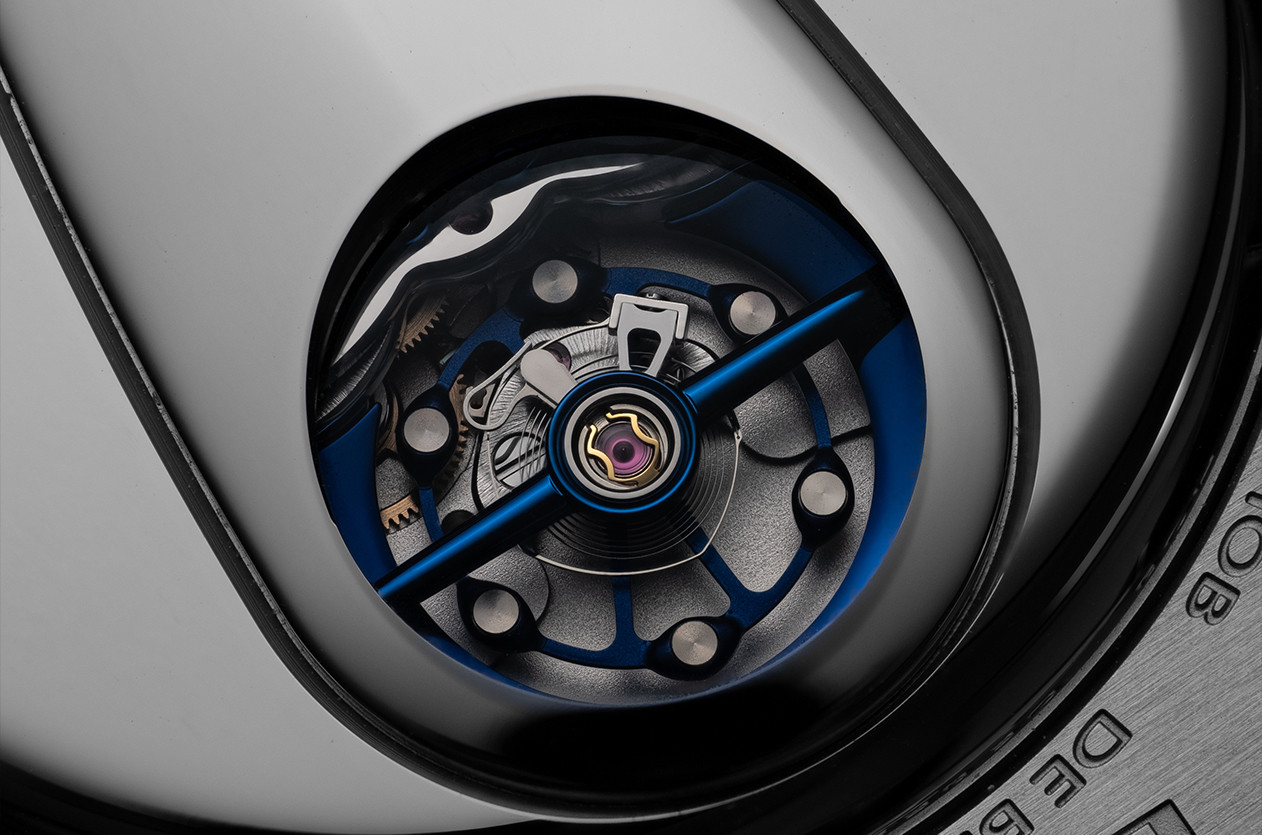
Technical The Frequency, Why It Matters in Mechanical Watches
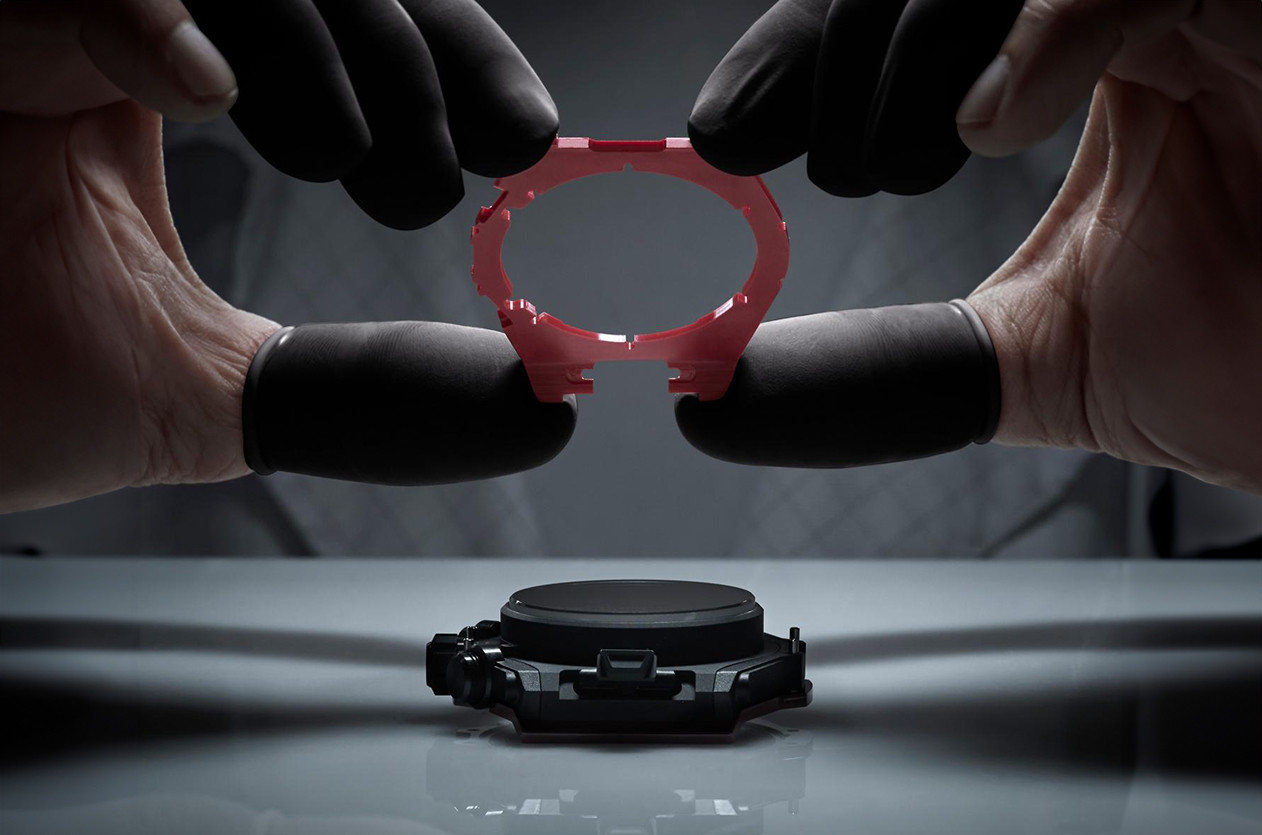
Editorial The Secrets of Watch Case Design

Editorial Abraham-Louis Breguet, The Father of Modern Horology
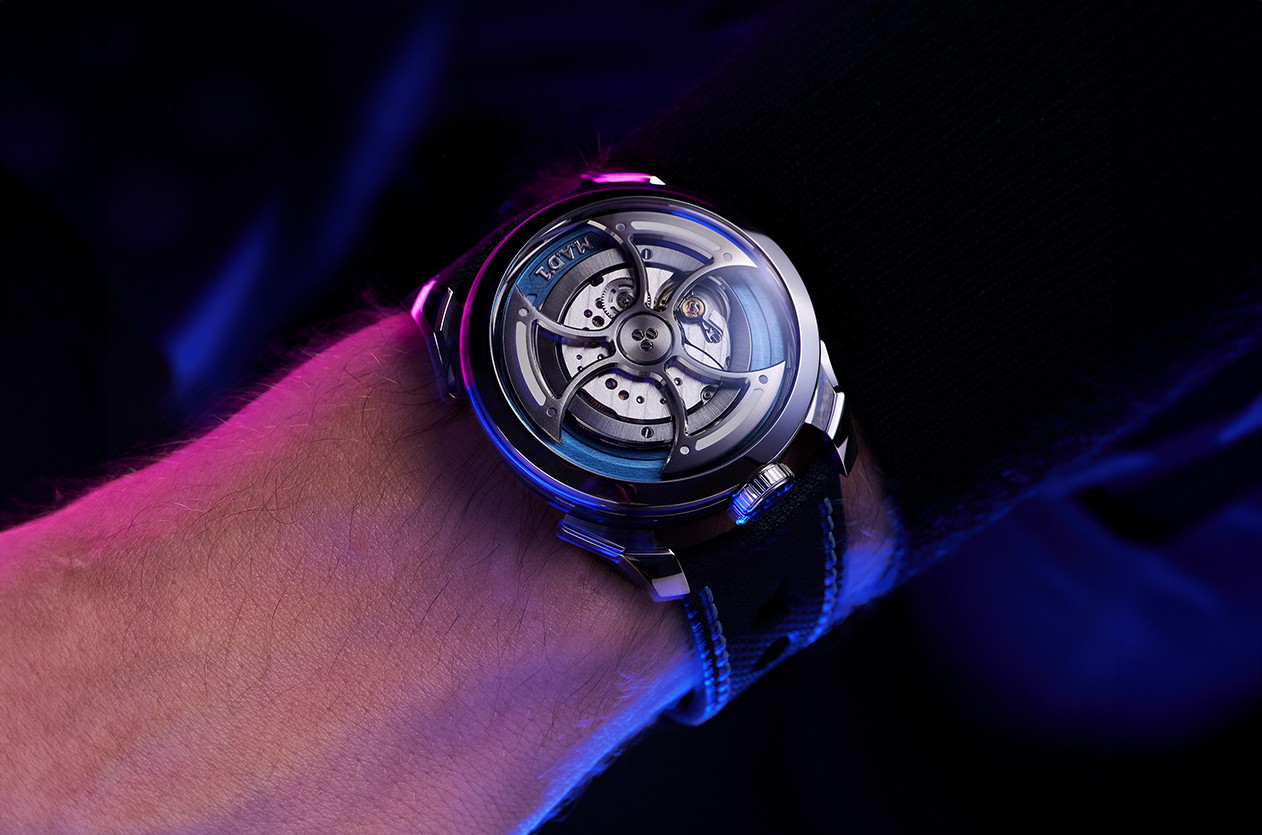
Introducing MB&F Unveils the New Generation of Its Famous Collection the M.A.D.1S
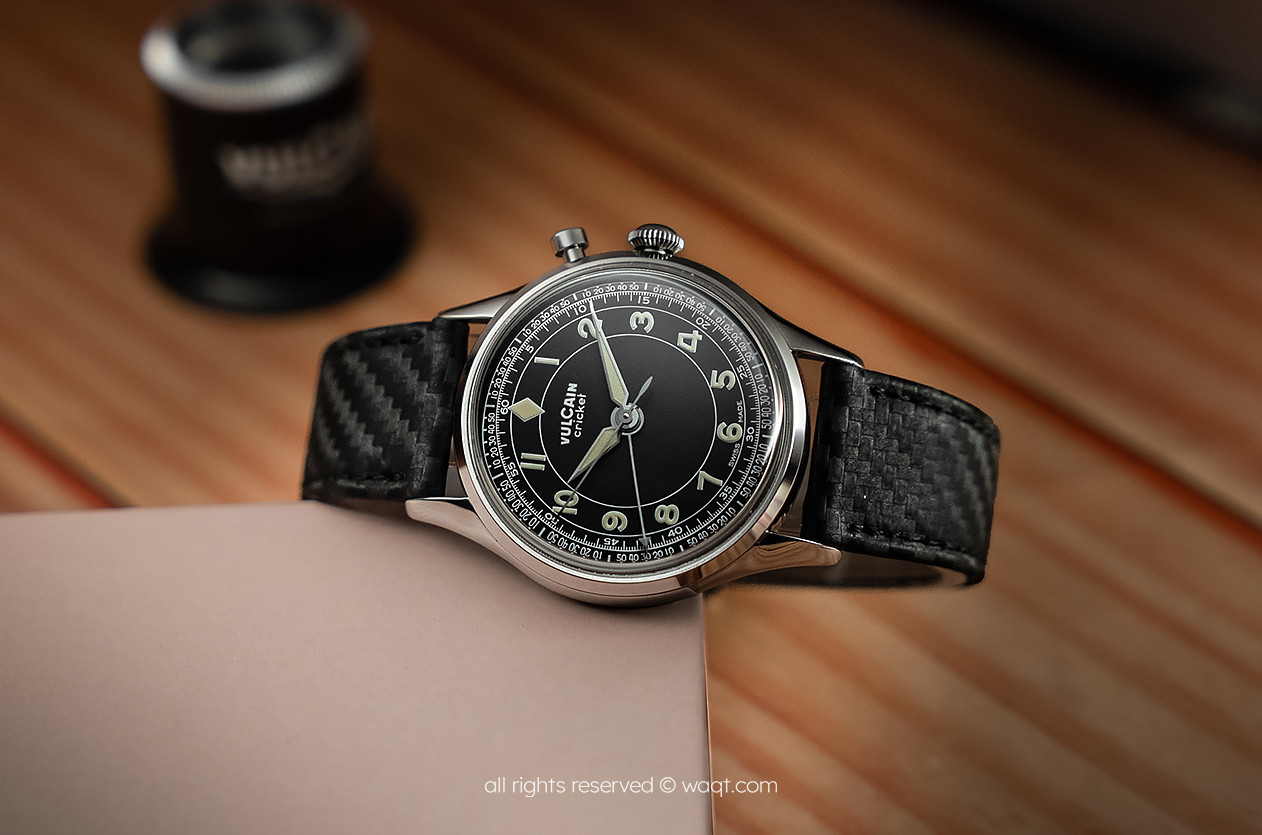
Hands on Vulcain Cricket Classic 39mm Black & Khaki
Comment Delete Text
This page is available in English only. Please click below to visit Arabic Home page!